State Bank tightens rates
With inflation already starting out at a blistering pace in 2008, the State Bank is looking to introduce a package of responses to curb what has become the country’s greatest threat to economic development.
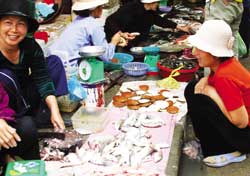 Spiralling inflation is casting a shadow over 2008 economic forecasts |
The State Bank said that raising the rates would establish a better relationship between central bank rates and market rates, and increase the effectiveness of interest rate-linked monetary measures.
HSBC economist Prakriti Sofat said the move was a positive development and showed that the central bank was leaning more towards inflation management rather than following a pro-growth policy.
“If the base lending rate goes up it should result in an increase in rates at which commercial banks lend to customers,” said Sofat.
Increasing lending rates will reduce outstanding loans and decrease credit growth which surged by 38 per cent in 2007.
“From a broader perspective, it is a positive that the central bank is setting a clearly defined target and communicating with the market to ensure that policy is effective,” Sofat added.
Nguyen Thanh Toai, vice general manager of Asia Commercial Bank (ACB), said the rate hikes would not affect market rates as local banks did not consider the State Bank’s base interest rate benchmark while borrowing capital.
“Increasing rates do not have any effect on bank operations,” said Toai.
Currently, the lowest lending rate stands at around 10 per cent per annum. This increase has brought the benchmark rate closer to rising money market rates, although still short of matching them.
Tai Hui, Standard Chartered Banks’ Southeast Asia head of economic research, said that the base rate hike reflected the central bank’s desire to broaden more active monetary management. However, further tightening was necessary as inflation was still above targets and real interest rates were in negative territory.
“With our revised inflation forecast of 9 per cent for 2008, base rates should be raised by another 1 to 1.5 per cent this year to keep real interest rates positive,” said Hui.
In January, 2008, the consumer price index (CPI) rose by 14.11 per cent year on year, the highest level since 1995, or a 2.38 per cent increase against December, 2007.
Since the beginning of 2008, the State Bank has given the dong more room to appreciate against the dollar by gradually reducing its daily official exchange rate. The State Bank’s set rate has fallen to VND16,091/USD, the lowest level since 2007.
According to Sofat, a stronger currency could reduce inflationary pressures. “Our modelling work shows that a 1 per cent appreciation of the Vietnamese dong versus the greenback should reduce inflation by 1-1.5 per cent over a 12-month period,” said Sofat.
“Allowing greater flexibility on the exchange rate is one of a package of measures the State Bank is taking to rein in inflation,” said a State Bank official.
In mid-January, 2008, the State Bank had raised its reserve requirement ratio by one percent, bringing the ratio to 11 per cent for deposits with less than 12-month terms, and 5 per cent for deposits of more than one year.
What the stars mean:
★ Poor ★ ★ Promising ★★★ Good ★★★★ Very good ★★★★★ Exceptional
 Tag:
Tag:
Related Contents
Latest News
More News
- Trump may mean challenges for Vietnam but FDI remains strong (November 26, 2024 | 08:30)
- HCM City set to welcome fresh wave of US investment (November 26, 2024 | 08:00)
- Dynamic M&A landscape felt in food and beverages (November 25, 2024 | 16:21)
- River lights up Danang growth goals (November 25, 2024 | 10:00)
- Concerted efforts improve Ca Mau’s development status (November 25, 2024 | 09:14)
- Citi: Vietnam and India may benefit most from supply chain shifts (November 22, 2024 | 15:54)
- Foreign investors flocking to southern region (November 21, 2024 | 17:33)
- Ninh Thuan charms industrial development investors (November 21, 2024 | 12:21)
- M&A prospects bright in many sectors (November 21, 2024 | 11:54)
- M&As working in tandem with health development (November 21, 2024 | 11:29)


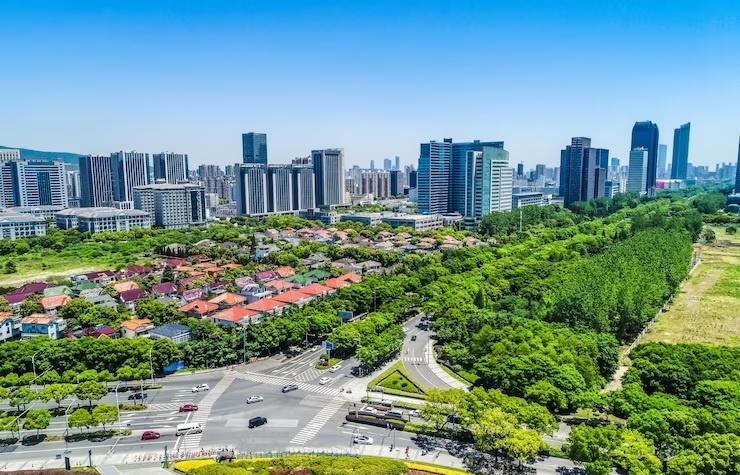
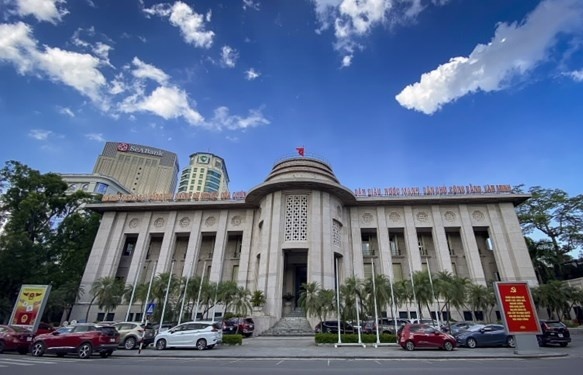
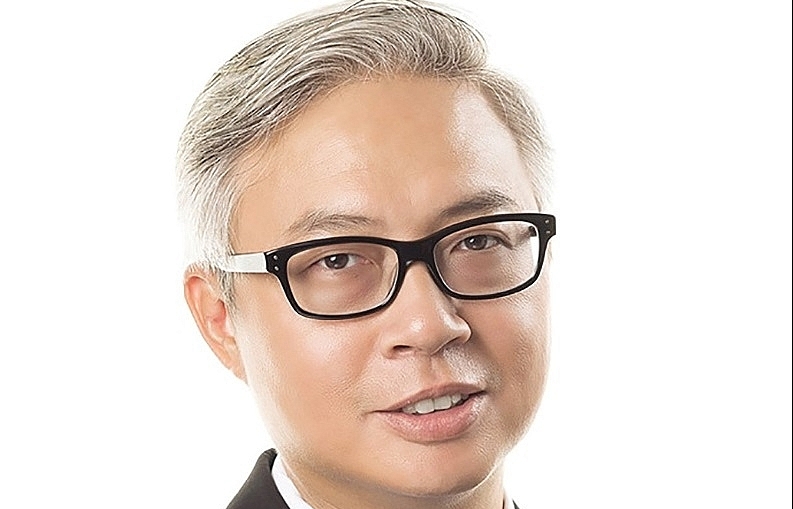
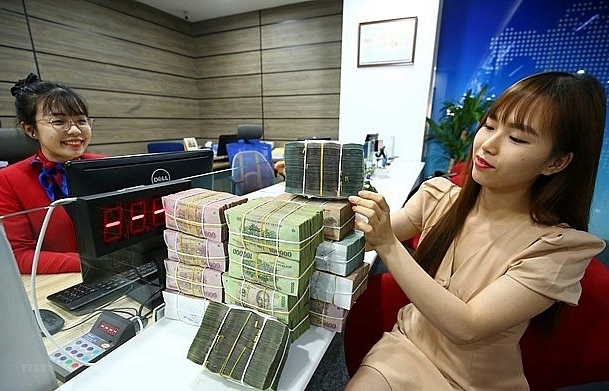

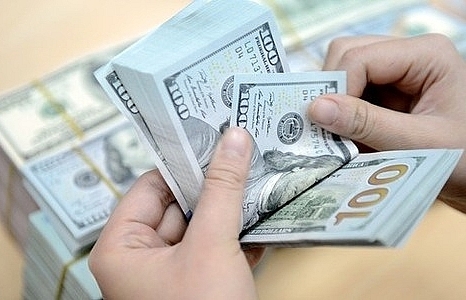
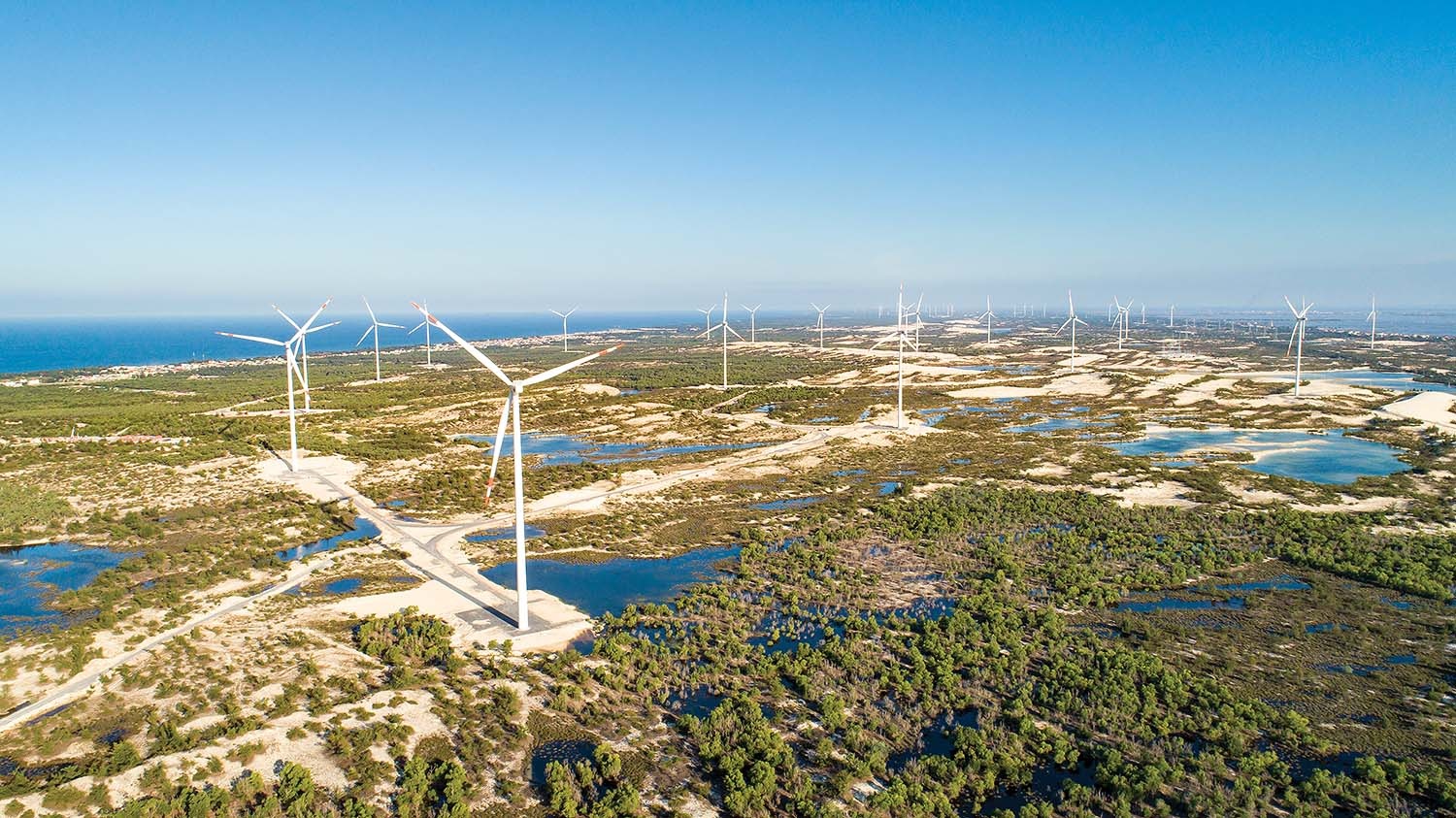

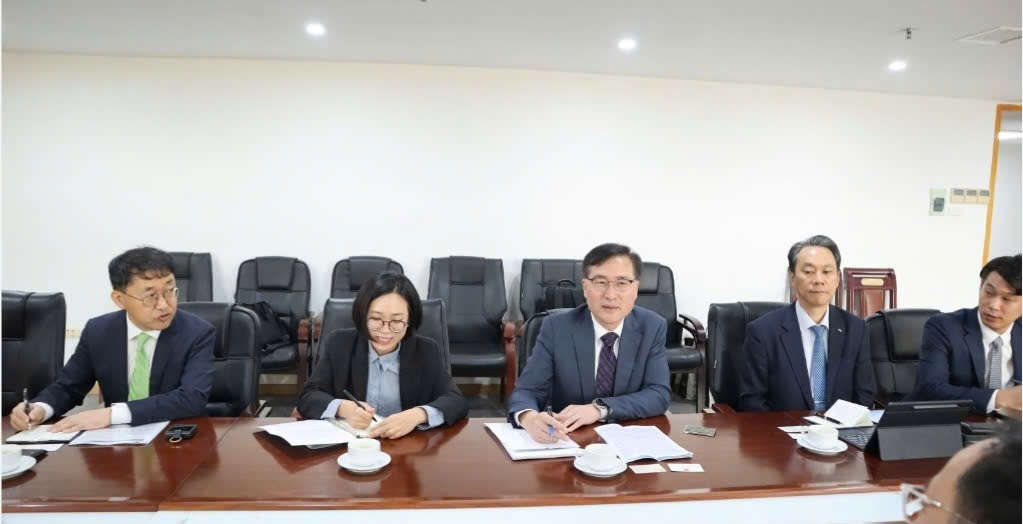
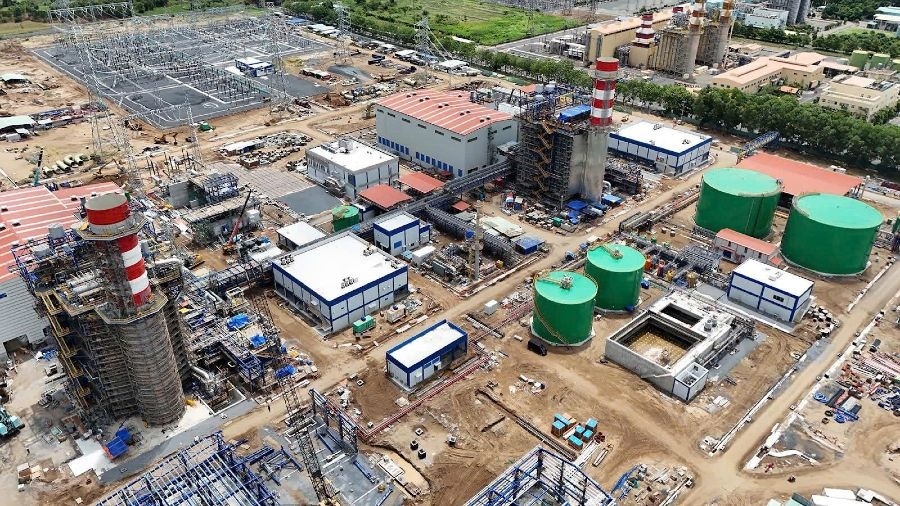
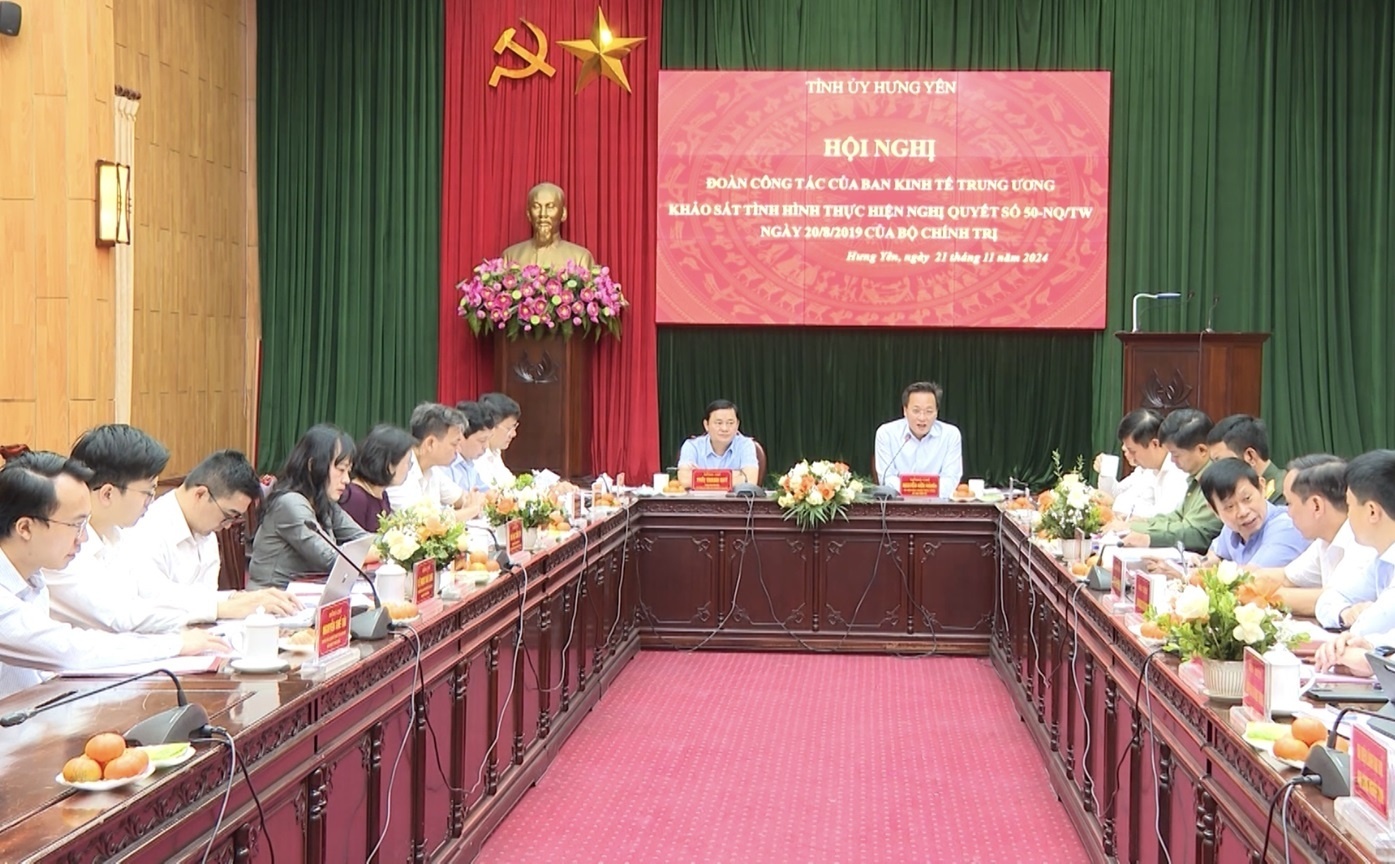




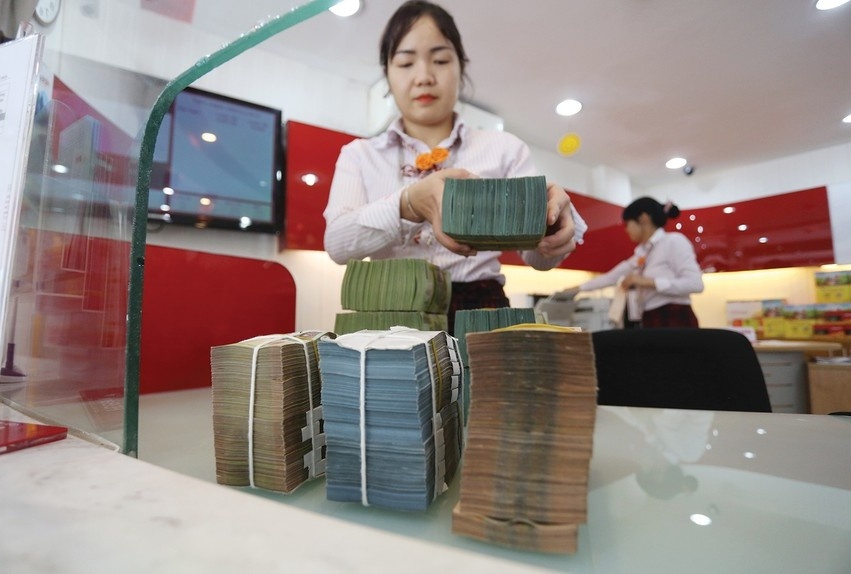
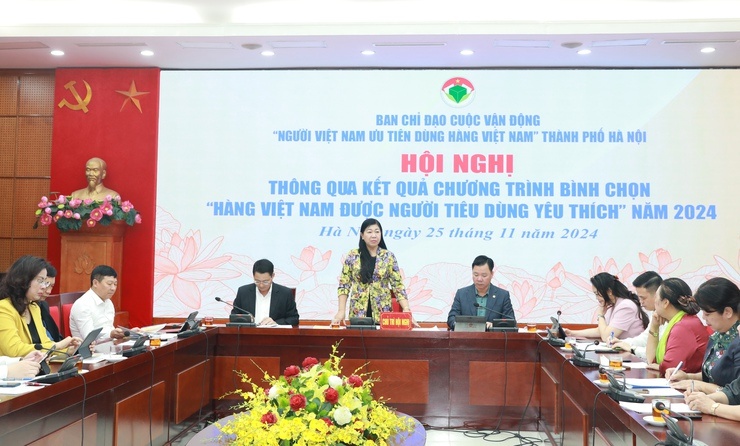





 Mobile Version
Mobile Version